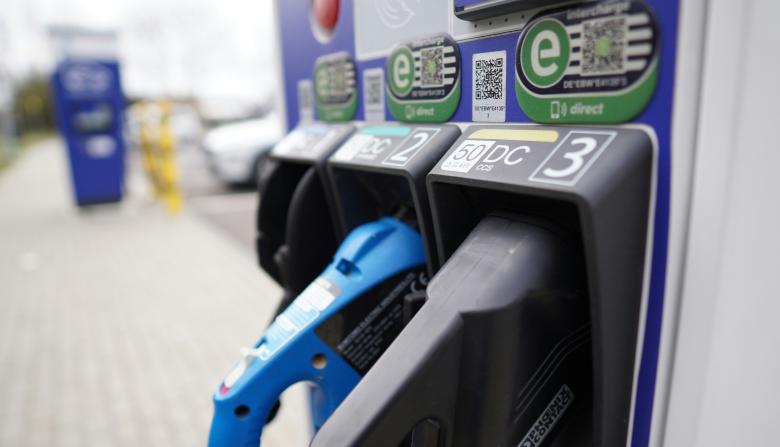As the global race towards greener transport accelerates, Greece is trying to take the next steps in the electromobility journey with the first step, the National Strategy for Electromobility already completed. This important strategic plan, funded by the European Bank for Reconstruction and Development (EBRD) clarifies the necessary legislative framework and sets the steps that will lead Greece to a more sustainable transport future.
Untangling the Complexities of Electromobility
However, the development of electromobility is far more complex than it appears. While specific recommendations from forthcoming studies remain under wraps, three critical areas continue to dominate the global conversation on electromobility - areas that Greece, like other countries, needs to navigate carefully.
The first challenge is the classic chicken-and-egg dilemma: should the charging infrastructure be built ahead of demand, or should the focus be on expanding the electric vehicle (EV) fleet first? Developing a robust charging network while the EV market is still maturing carries significant risks. On the other hand, promoting EV sales without sufficient infrastructure could limit their uptake. This delicate balance is a global issue, but is particularly pronounced in markets such as Greece, where infrastructure development often lags demand.
Second, the true environmental impact of EVs needs to be assessed beyond their zero emissions on the road. While EVs are heralded as a cleaner alternative to traditional vehicles, the reality is more nuanced. The materials used in their manufacture, the energy mix used to power charging stations and the end-of-life disposal of batteries all play a crucial role in determining their true carbon footprint. For Greece, where renewable energy sources (RES) are a growing but not yet dominant force in the energy mix, this becomes a critical question.
As the EV market expands, so will the demand for energy, requiring a rapid expansion of energy generation and transmission capacity.
Finally, while much of the current focus is on battery electric vehicles, alternative fuels such as hydrogen are emerging as contenders. Although less mature in the marketplace, hydrogen fuel cells offer interesting advantages, particularly for heavy-duty vehicles and long-distance transport. However, uncertainties about the commercial viability and safety of hydrogen are barriers to its widespread adoption. The existence of these alternative pathways creates additional complexity for policy makers, businesses and consumers, contributing to a hesitancy that could slow down the wider adoption of electric vehicles.
Unravelling the investment puzzle
A major obstacle in developing the necessary infrastructure for electromobility lies in financing the large-scale investments required for both charging stations and upgrades to the energy transmission grid. One potential solution could be leveraging Greece’s well-established Public-Private Partnership (PPP) framework, which has proven effective in other large-scale infrastructure projects. These partnerships could enable significant investment in electromobility infrastructure with minimal burden on public finances, especially given the commercial opportunities associated with charging networks.
In addition, Greece could tap into the European Union's Recovery and Resilience Fund, which emphasizes green investments. Given the fully 'green' nature of electromobility projects, this offers a viable funding option to accelerate infrastructure development without overburdening public sector financial resources.



